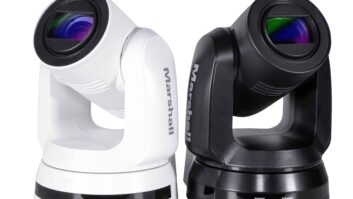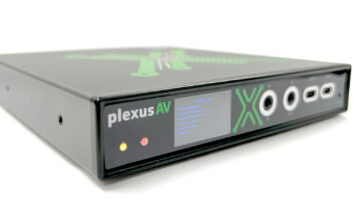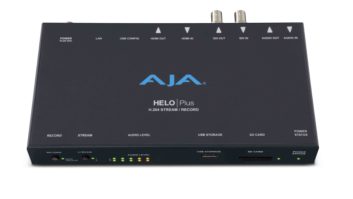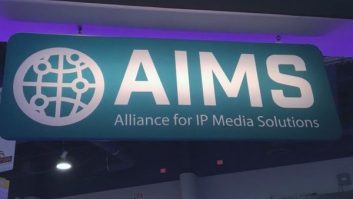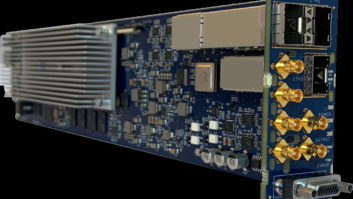
Alberto Cieri, senior director Matrox, explains why dedicated encoding hardware is the right approach
The broadcast industry is once again going through both business and technology changes. At the heart of these changes is the need to move to IP-based infrastructure.
There are many different codecs and standards being proposed but one that is key to this transition is H.264/AVC. It’s a good fit for end-to-end IP workflows because it provides a full spectrum of video quality and resolutions including support for low to high bitrates, proxy to 4K or even 8K, Intra or GOP formats, 8- and 10–bit depth and 4:2:0 to 4:4:4 colour sampling. It is widely used in broadcast and A/V so interoperability and compatibility are no longer concerns.
In its 4:2:0 profiles H.264/AVC it is still the codec of choice for distribution but also for providing proxies and IP-based monitoring with multiviewers. It is one of the codecs specified by SMPTE 2022-2 for transport to and from IP networks so as broadcasters design IP infrastructures; it is clearly the codec that provides the most versatility and compatibility in the broadcast chain.
Many studies have shown that H.264 in 4:2:2 10-bit encoding mode provides the video quality needed in production and contribution workflows and it’s the basis of the latest HD and Ultra HD/4K cameras and recorders. It can also be used in advanced archiving applications and, when data rate is cranked up in I-frame mode, it can even be used as a mezzanine format.
It has been proven to preserve quality even during multi-generation encodes and decodes. Broadcasters are adopting H.264 in 4:2:2 10-bit for distribution of high quality content within their facilities and in live remote production situations.
The main problem with H.264/AVC 4:2:2 10-bit is the tremendous processing resources required for encoding and transcoding, especially when dealing with multiple streams and 4K content. IT-based and cloud software encoding using CPUs and GPUs requires significant rack space and power.
It’s also difficult to encode many 4:2:2 10-bit streams in an FPGA-based hardware design. The ideal solution is a cost-effective dedicated hardware accelerator in the workflow to save space and minimise power consumption.
IBC comes at a great time for us to demonstrate to our OEM customers how the new Matrox M264 multi-channel 4:2:2 10-bit H.264 encoder card can help them add advanced IP streaming capabilities to their Channel in a Box systems, video servers, broadcast graphics systems, multiviewers and switchers or create cost-effective high-density encoders, transcoders and other broadcast media equipment.
M264 is a half-length PCIe card targeted to encode a single stream of 4Kp60 H.264/AVC intra-frame at 4:2:2 10-bit, up to 10 streams of HD long GOP at 4:2:2 10-bit or up to 16 streams of HD at 4:2:0 8-bit. It’s designed for low latency and offers dynamic bitrate and GOP control to allow adjustments on the fly. When coupled with our feature-rich SDKs and our industry-leading I/O cards like those in the new X.mio3 Series, M264 lets customers create powerful hybrid solutions with baseband and IP streaming support all in one. We expect to see some of these solutions on the show floor.
